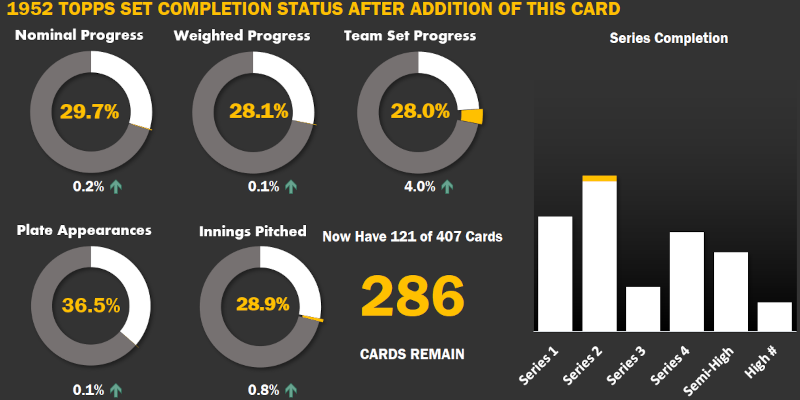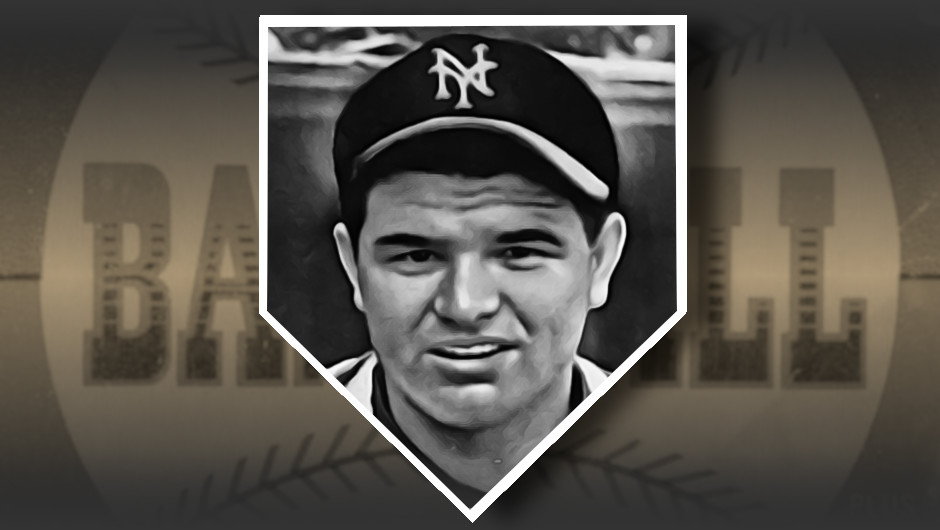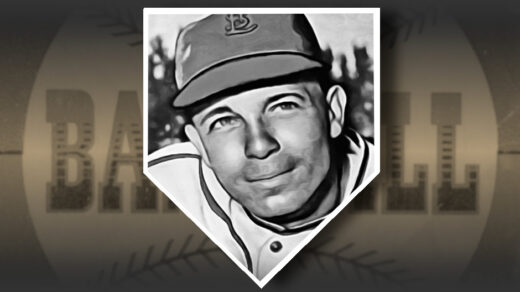One of the best pitchers of the 1940s was summarily banned mid-career from Major League Baseball. The player, Max Lanier, was the biggest the name among nearly two dozen MLB players to jump their American teams and head south to join the growing Mexican League. The moves came a as part of a concerted effort to attract top MLB talent to Mexico, an initiative that saw players like Ted Williams, Joe DiMaggio, and Bob Feller offered as much as triple their annual salaries to change teams. Many of the big names demurred, with Feller even phrasing his rejection to reporters as “no chili con baseball for me.” Williams listened to Mexican magnate’s Jorge Pasqual offer over beers while his Red Sox manager stood almost in tears nearby.
Max Lanier was arguably the best player landed by these tempting offers. The hero of the 1943 World Series, he had a 74-47 record when he made the switch in 1946. He had been building a stellar career with several seasons of sub-2.00 ERA. Aided by an extremely low propensity to give up home runs, he had an adjusted career FIP- of 76 that implied equal performance to players such as Lefty Grove.
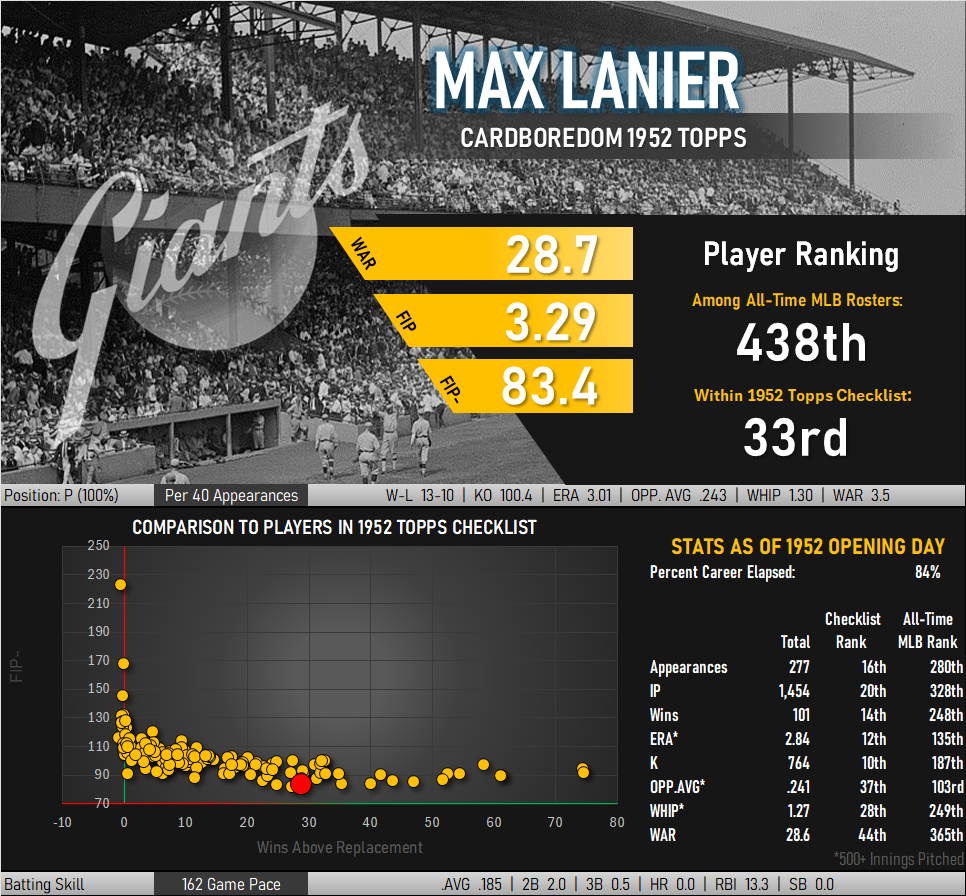
Lanier had battled Cardinals’ management over his salary throughout the mid-1940s. Siezing on the opportunity for better pay in Mexico, Lanier broke his contract early in the 1946 season and bolted. A year and a half later he was reconsidering the decision after experiencing subpar playing facilities and discovering that team owners could be stingy with salary in countries other than just the United States. He tried to re-sign with the Cardinals in 1947 but was met with a five year ban from MLB commissioner Happy Chandler.
Lanier and several other similarly situated athletes sued MLB, stating the sport was acting as an illegal monopoly and challenging the hated Reserve Clause that underpinned employment within the game and tied players to specific teams. Lanier lost several early rulings, but unique circumstances in the case of banned outfielder Danny Gardella allowed his challenge of the Reserve Clause to remain intact. The commissioner’s office retreated in the face of potentially losing the Reserve Clause in court, granting full reinstatement to the banned players.
Lanier rejoined the Cardinals in 1949 and was traded to the New York Giants in December 1951. Lanier’s 1952 Topps card shows him in his new uniform while the biographical text on the back makes no mention of where he was from 1946-1949. Lanier would be released by New York just a year after this card hit store shelves. He signed on with the St. Louis Browns but closed out his career with just 22 innings pitched for his former World Series opponent.
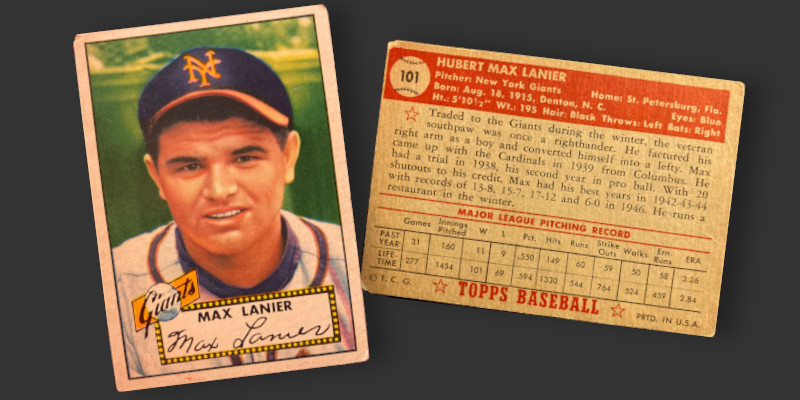
The Giants uniform on the ’52 Topps card is actually a work of fiction, as the picture used is approximately a decade old. A set of cards was issued by TCMA in the mid-1970s commemorating the Cardinals’ World Series runs of the early 1940s and uses the same picture. In that version, an actual black & white photograph, Lanier is wearing the St. Louis uniform in use during 1939-1943 featuring red piping on a white cap and jersey. A view of the card can be seen at COMC here.
Lanier ended up as the only player to both appear in the 1952 Topps set and be banned for joining the Mexican League. Junior Stephens is card #84 in the ’52 Topps set and played in Mexico for two games. He returned his salary and came back to his team after ominous grumblings from MLB and American equipment suppliers.
